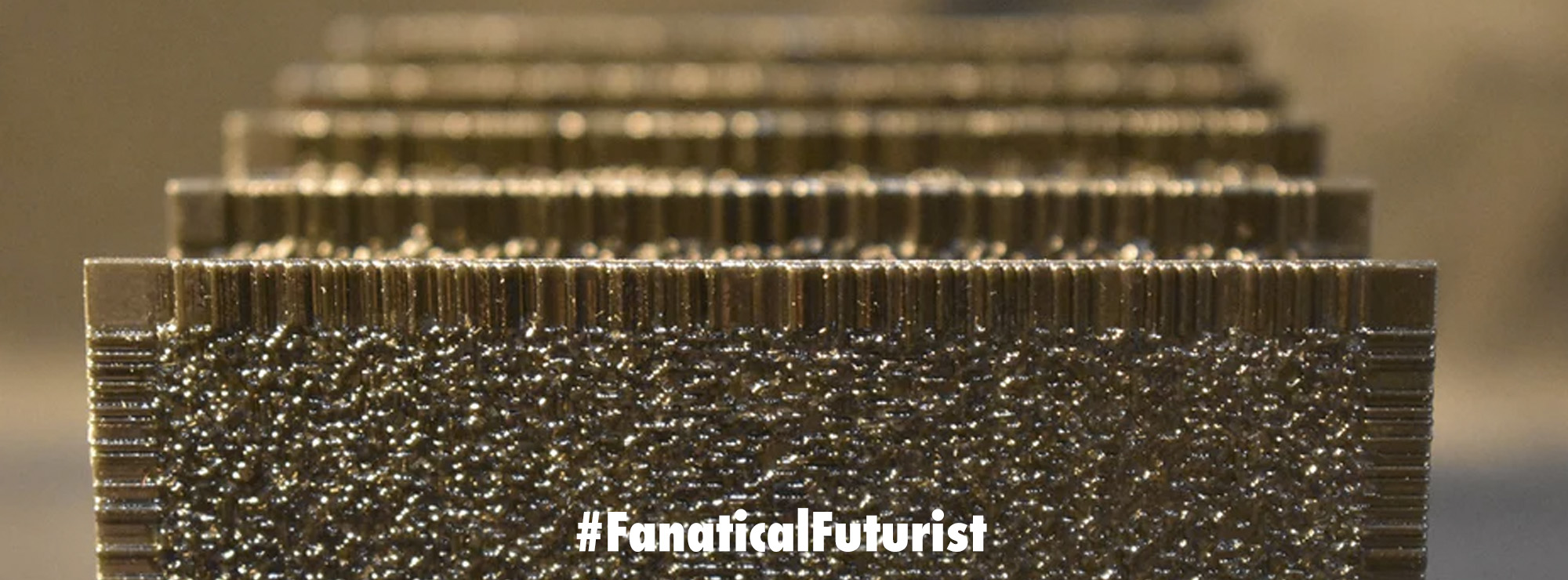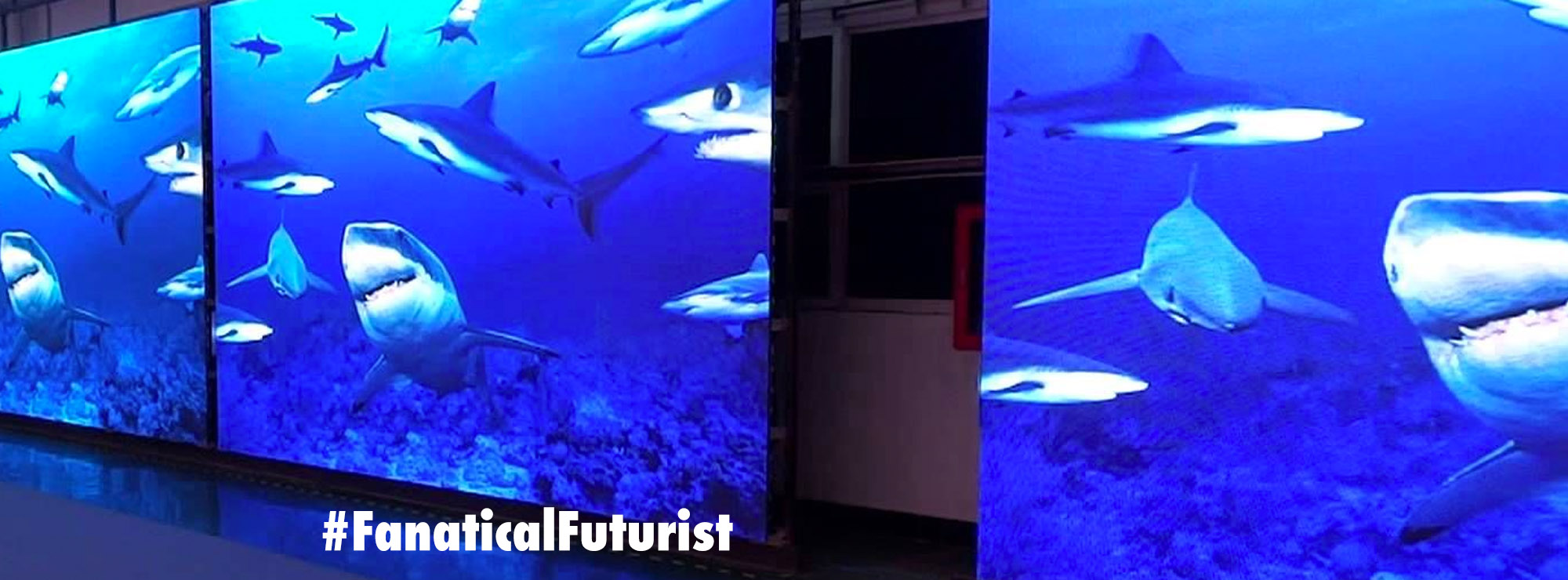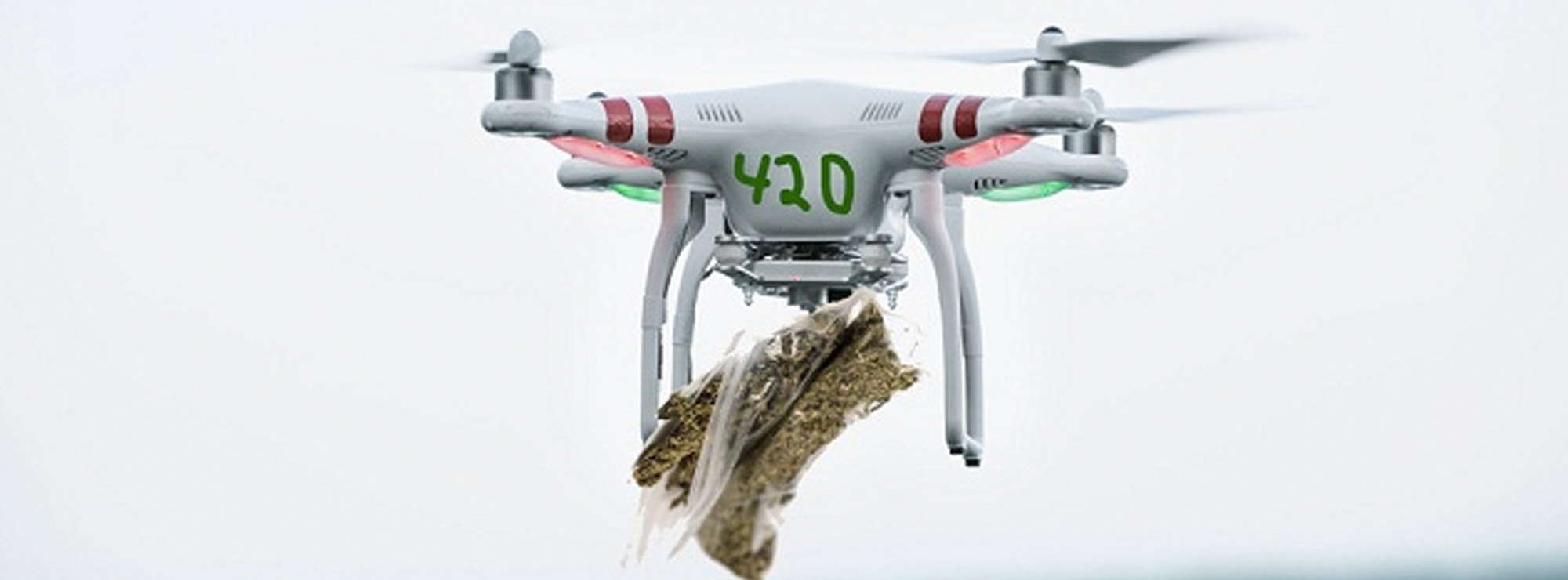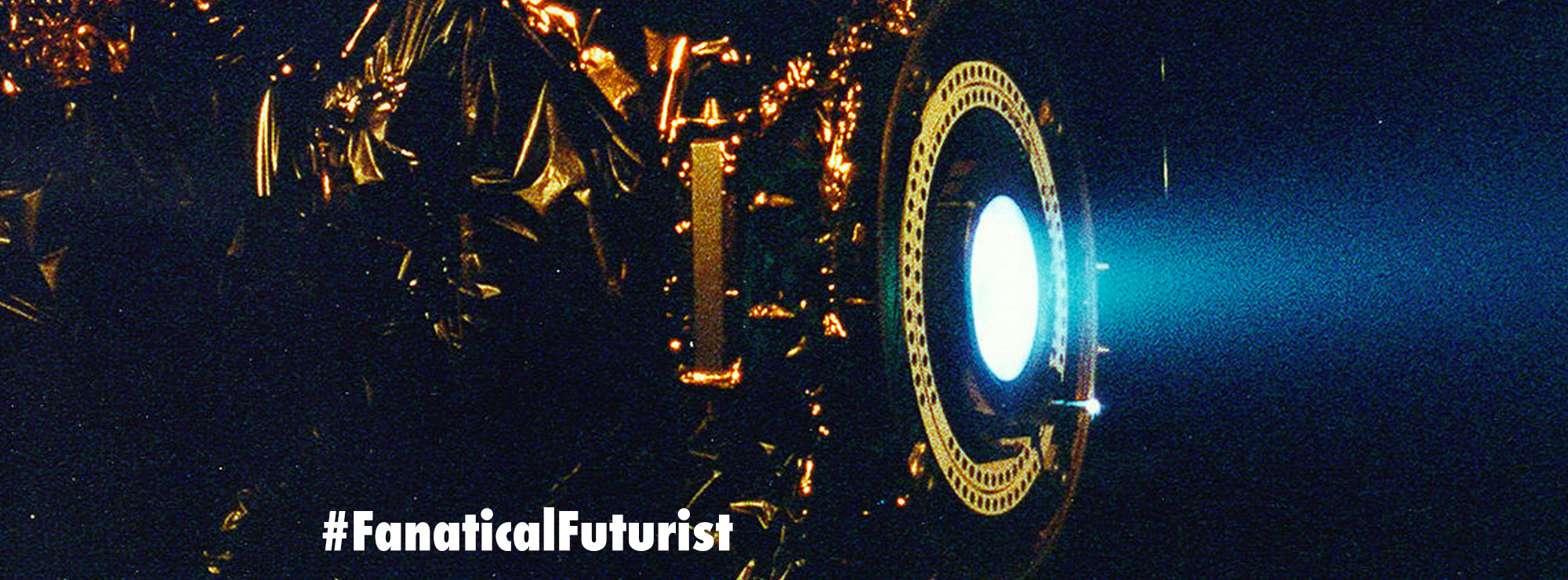WHY THIS MATTERS IN BRIEF
China is outpacing and out matching the US military in the development of new advanced weapons platforms, and now they’re going down market.
 Love the Exponential Future? Join our XPotential Community, future proof yourself with courses from XPotential University, read about exponential tech and trends, connect, watch a keynote, or browse my blog.
Love the Exponential Future? Join our XPotential Community, future proof yourself with courses from XPotential University, read about exponential tech and trends, connect, watch a keynote, or browse my blog.
In a move signalling China’s growing ambitions in the global defense export market, Beijing’s state media has revealed technical details of two multi-role combat trainer aircraft, the FTC-2000G and the L-15, with capabilities meant for foreign customers.
According to Chinese aviation analysts, these platforms offer a compelling mix of affordability, combat versatility, and full-spectrum logistical support, positioning them as viable alternatives to Western equivalents in Asia, Africa, and Latin America.
The FTC-2000G, an export derivative of the domestically operated JL-9, is a lightweight supersonic aircraft that combines basic jet training functionality with frontline combat capability.
The aircraft features a T-tail design, integrated strakes and flaps, and DSI (diverters supersonic inlet) air intakes optimized for low-speed, low-altitude performance, which is a critical operational requirement for nations with limited airspace and low-cost air combat doctrines.
Recent tests showed that the radar system has been upgraded, improving its ability to conduct light strikes, reconnaissance, and air patrols. The FTC-2000G has a maximum take off weight of 11 tons, can reach speeds of up to Mach 1.2, and has a combat range of about 1,200 kilometers which makes it a good option for air forces looking to replace older aircraft like the MiG-21 or F-5.
According to China Central Television (CCTV), the aircraft is marketed as a cost-effective solution for nations requiring pilot training and limited air combat capability without relying on third-party maintenance or parts. Its lineage from the J-7 family, based on Soviet-era MiG-21 technology, grants it operational familiarity among developing air forces, and the more advanced L-15, known domestically as the JL-10, represents China’s foray into fourth-generation trainer systems.
Designed with aerodynamic features akin to modern multirole fighters, it incorporates fly-by-wire flight control, an integrated open-architecture avionics suite, and a high-thrust engine setup, enabling high-angle-of-attack manoeuvres and realistic tactical conversion training.
In its enhanced export configuration, the L-15 can carry two air-to-surface bombs, two infrared-guided air-to-air missiles, two external fuel tanks, and a gun pod, making it suitable for light strike and close air support operations.
Its agility and sensor fusion capability make it an ideal bridge platform for pilots transitioning to frontline fighters, such as the JF-17 or Su-30 equivalents.
The L-15’s versatility reflects a broader trend in combat trainer design, combining pilot instruction, electronic systems training, and actual combat operations into a single airframe.
Wang Ya’nan, editor-in-chief of Aerospace Knowledge, told China’s state-run Global Times that the FTC-2000G and L-15 are “cost-effective and strategically independent” solutions.
Unlike Western counterparts often constrained by export restrictions, China offers complete packages, including technology transfer, maintenance infrastructure, and localized production, enhancing appeal to buyers wary of foreign dependency.
Wang also emphasized that the FTC-2000G serves cost-conscious buyers. At the same time, the L-15 targets nations seeking more modern, tactically flexible systems, giving China a two-tiered export strategy in the global trainer-fighter market.
As geopolitical competition over military exports intensifies, Beijing’s ability to provide full-spectrum support, hardware, logistics, and sovereignty over the end-users’ supply chain positions these aircraft as potent challengers to entrenched Western platforms.















